What are Lower Invertebrates?
Lower invertebrates include organisms belonging to phyla Porifera, Cnidaria, Ctenophora, Platyhelminthes, Aschelminthes, Annelida, Arthropoda, Mollusca, Echinodermata, Hemichordata, and Chordata.
Let us take a look at the lower invertebrates, their characteristics, and examples.
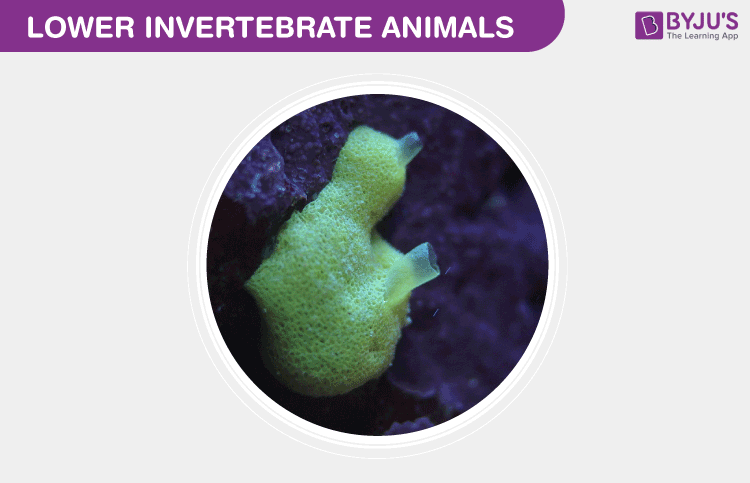
Also Read: Animal Kingdom
Lower Invertebrates (Characteristics & Examples)
Following are the major characteristics and examples of different phyla, including the lower vertebrates:
Phylum Porifera
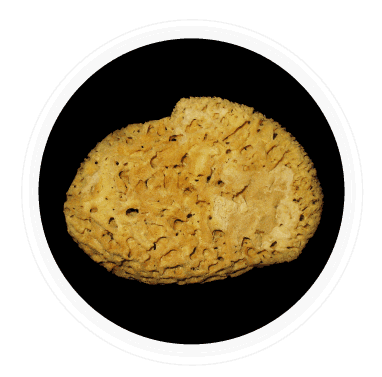
These are commonly called sponges, which include the bath sponge. They are mostly marine.
They are called Porifera because of the presence of pores in their body wall. These pores are called Ostia, which open into the spongocoel, a cavity inside their body wall. Water enters the spongocoel through the Ostia and moves through a bigger opening called the osculum. The Ostia and the osculum collectively constitute the canal system which is used for the exchange of substances such as respiratory gases, nutrients, waste products and even gametes. The characteristics of Porifera are as follows:
- These are the simplest of all animal phyla. They are asymmetrical.
- They have a cellular level of organization, which means that their cells are not organized into tissues.
- Their body wall is reinforced with spicules containing calcium or silicon, or spongin fibers made of protein.
- They are hermaphrodite and fertilization is internal usually. They have a larval stage.
- They reproduce asexually by gemmule (internal bud) formation.
Phylum Cnidaria (Coelenterata)
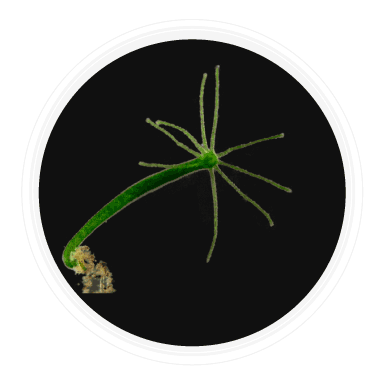
The phylum Cnidaria includes Hydra, sea anemones and jellyfish.
- They have a tissue level of organization, which means that their tissues do not form organs.
- They are radially symmetrical.
- They are diploblastic, which means that their early embryo (blastula) has 2 tissue layers (germ layers): ectoderm and endoderm.
- They have a body wall, which encloses a cavity called the gastrovascular cavity. The gastrovascular cavity has one opening, the mouth, through which both ingestion and egestion take place.
- They have tentacles which have specialized stinging cells called cnidoblasts, which have nematocysts. Nematocysts are used to capture prey, ward off enemies or Anchorage.
- Their digestion is partly intracellular and partly extracellular.
- They have two forms, polyp (sessile and cylindrical) or Medusa (free-swimming and umbrella-shaped). Some Cnidarians have only one of the forms in their life cycle, while others have both.
- They reproduce both sexually and asexually. Asexual reproduction is by budding or fragmentation. They usually have a larval stage.
Phylum Ctenophora
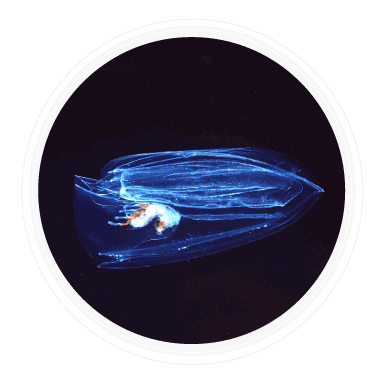
- These include marine radially symmetrical, diploblastic entites.
- They have 8 rows of comb plates, used for locomotion.
- Digestion is both extracellular and intracellular.
- Reproduction is exclusively sexual and involves a larval stage.
Phylum Platyhelminthes
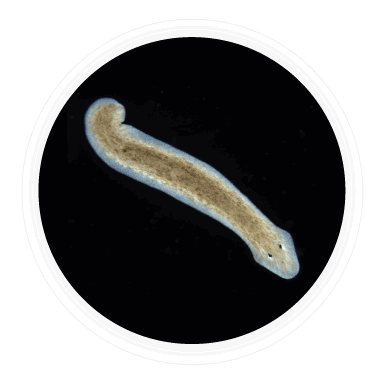
Phylum Platyhelminthes of the kingdom Animalia includes a familiar intestinal parasite, the tapeworm (Taenia). This phylum also includes animals like planaria and liver fluke. The characteristics of phylum Platyhelminthes are:
- They are triploblastic, i.e., the blastula stage of their embryo has 3 layers, ectoderm, mesoderm, and endoderm.
- They are acoelomate, which means that they have no body cavity (coelom = body cavity).
- They are bilaterally symmetrical.
- They are so named because they are commonly called flatworms (Platy = flat) as they have a dorsoventrally flattened structure.
- They are either parasitic or free-living.
- They have an organ level of organization
- They have specialized cells called flame cells for excretion.
- They reproduce sexually through larval forms. Asexual reproduction is by regeneration.
Phylum Aschelminthes

These are also called roundworms as they have cylindrical bodies. These are most of the commonly found parasitic and free-living worms in nature. Examples include Ascaris, pinworm, and hookworm. The characteristics of this phylum are:
- These are bilaterally symmetrical, triploblastic.
- They are pseudocoelomate, which means they have a false coelom. A true coelom is enclosed by mesoderm, whereas in pseudocoelomates, the body cavity is adjacent to the mesoderm only on one side.
- They have an organ-system level of organization.
- They have a complete alimentary canal.
- Sexes are separate and fertilization is internal.
Also Read: Animalia Sub-phylum
To learn more about the lower invertebrates, their characteristics, classification and examples, keep visiting BYJU’S website or download the app for further reference.

Very helpful